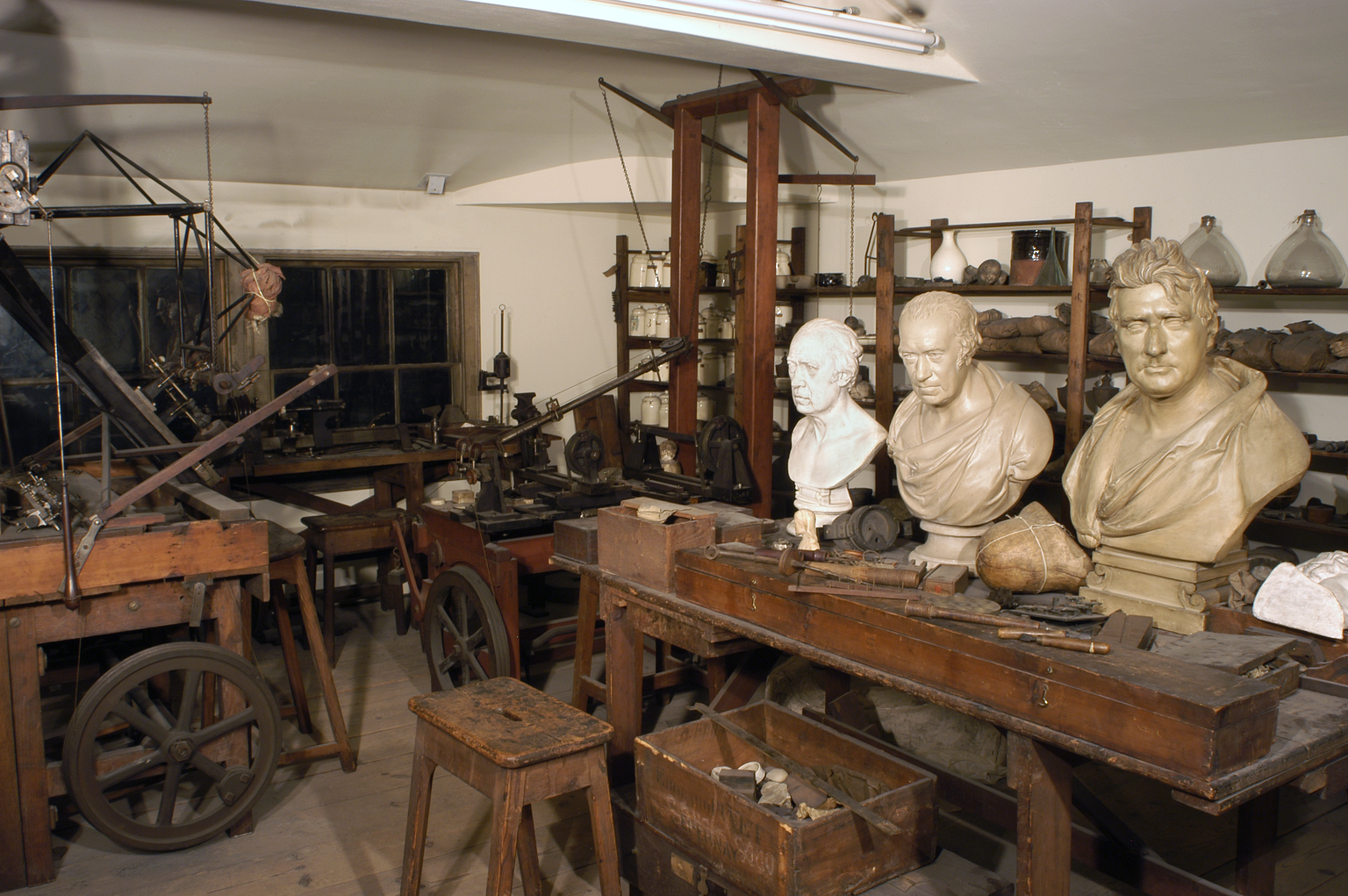
250 years ago, on 5 January 1769, one of the UK’s most significant patents was granted. Curator Ben Russell takes up the story.

250 years ago, on 5 January 1769, one of the UK’s most significant patents was granted. Curator Ben Russell takes up the story.

The Science Museum is celebrating wonderful objects in our collection which were given as gifts as part of Remember a Charity Week.
How many uses can you think of for red cabbage? Not as many as James Watt I’ll bet… His friend William Nicholson wrote a Dictionary of Chemistry in 1795. The entry for red cabbage reads: BRASSICA RUBRA – Mr Watt finds that red cabbage affords a very excellent test, both for acids and alkalis; in which it is superior to litmus, being naturally blue, turning green with alkalis, and red with acids. The description of how he prepared the cabbage […]
To me the most touching item in James Watt’s workshop is his son’s trunk. Gregory died of consumption at only 27 years old. The trunk is full of his schoolwork; beautiful paintings, drawings, diagrams and page upon page of his lessons and notes, in immaculate copperplate writing. It is a poignant reminder that the genius engineer was as human as the rest of us. Quite apart from his own bad health, his first wife died in childbirth and only one of his […]
Philippe-Jacques de Loutherbourg (1740-1812) was born in Germany and studied in Strasburg and Paris. He became artistic adviser at the Drury Lane Theatre from 1771-81. As an innovative set designer and scene painter, he helped to lay the foundations of pictorial illusion in stagecraft. After abandoning theatre in the 1780s, he became an important figure in British landscape painting. The Science Museum holds one of his most famous works, ‘Coalbrookdale by Night’, 1801. This epitomises the romantic view of the growth […]
Preparing the contents of an 18th century workshop for display is a complicated and fascinating thing to do. And when it belongs to the engineering icon, James Watt, it’s even more challenging. Watt was a Scottish engineer, born in 1736. His fame stems from a stupendously clever improvement to the steam engine, the separate condenser. He and his other contemporaries kick-started what we now sometimes call the Industrial Revolution. We’ve got the garret workshop from his retirement home at Heathfield near […]
Can you imagine taking a jigsaw of over 6000 pieces apart just to move it to another location and put it back together? That’s just the task we’ve been set for one of the Science Museum’s most complex exhibits – James Watt’s Workshop, which is due to open in spring 2011. We acquired his complete workshop in 1924. It includes the doors, window, furniture, stove – pretty much everything but the kitchen sink. It was painstakingly moved in the 1920’s from its Birmingham location to […]
From November 1782, James Watt and his friends were excited by the Montgolfier brothers’ experiments with hot air balloons. Watt wrote to Dr Joseph Black in 1783 that “The Whole World is Full of these Flying Balls at present”. In August 1783 the Frenchman J A C Charles and two brothers called Robert substituted hydrogen, or“inflammable air”, for hot air. Alarmed locals pitchforked their balloon where it landed. In December Charles and one Robert brother set off on their first manned flight, using hydrogen made by […]
James Watt died 191 years ago today. He was considered one of the most important engineers in the country, and after his death he was turned into a national hero. The result was a slew of statues, memorials and paintings – some of which will go on show in a new exhibition opening in spring 2011. More details to follow… When Watt was 59, his friend and partner Matthew Boulton introduced him to Carl von Breda, who painted the earliest portrait that that Watt was […]